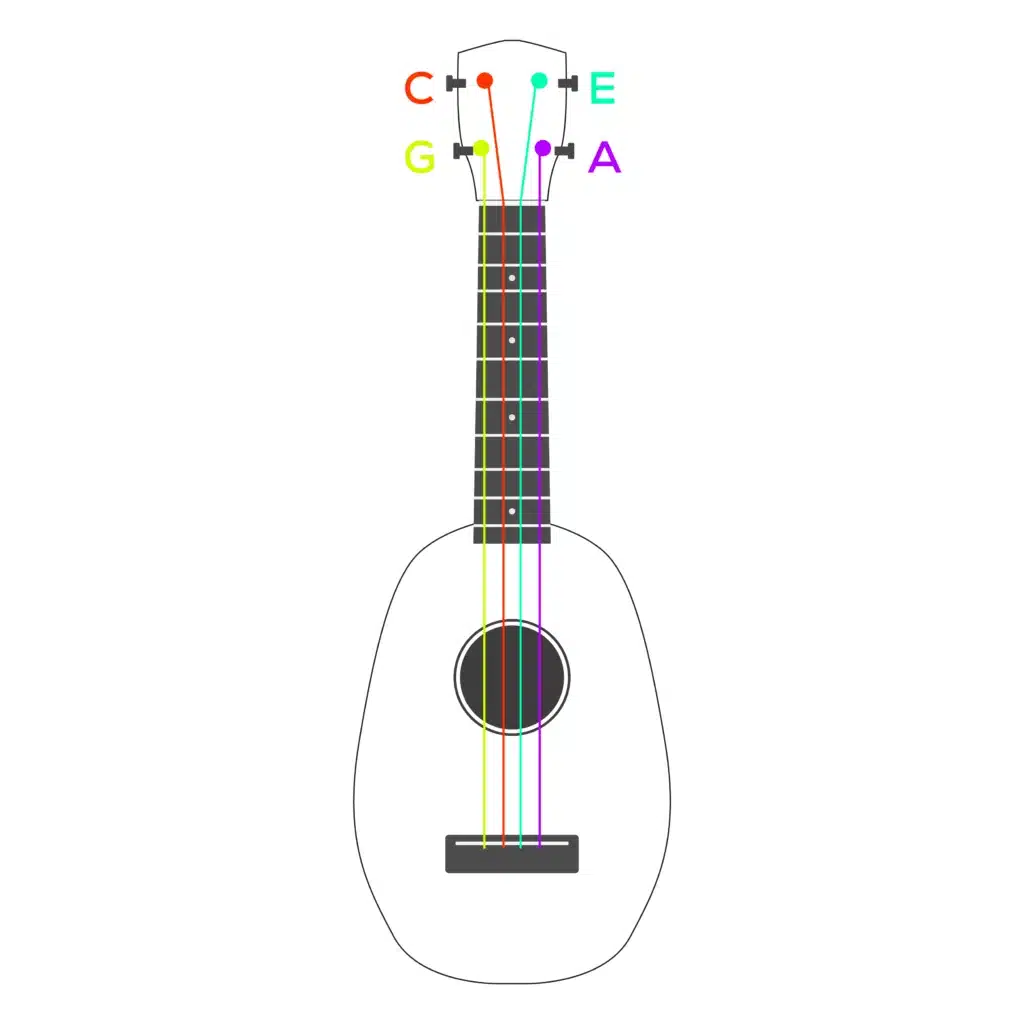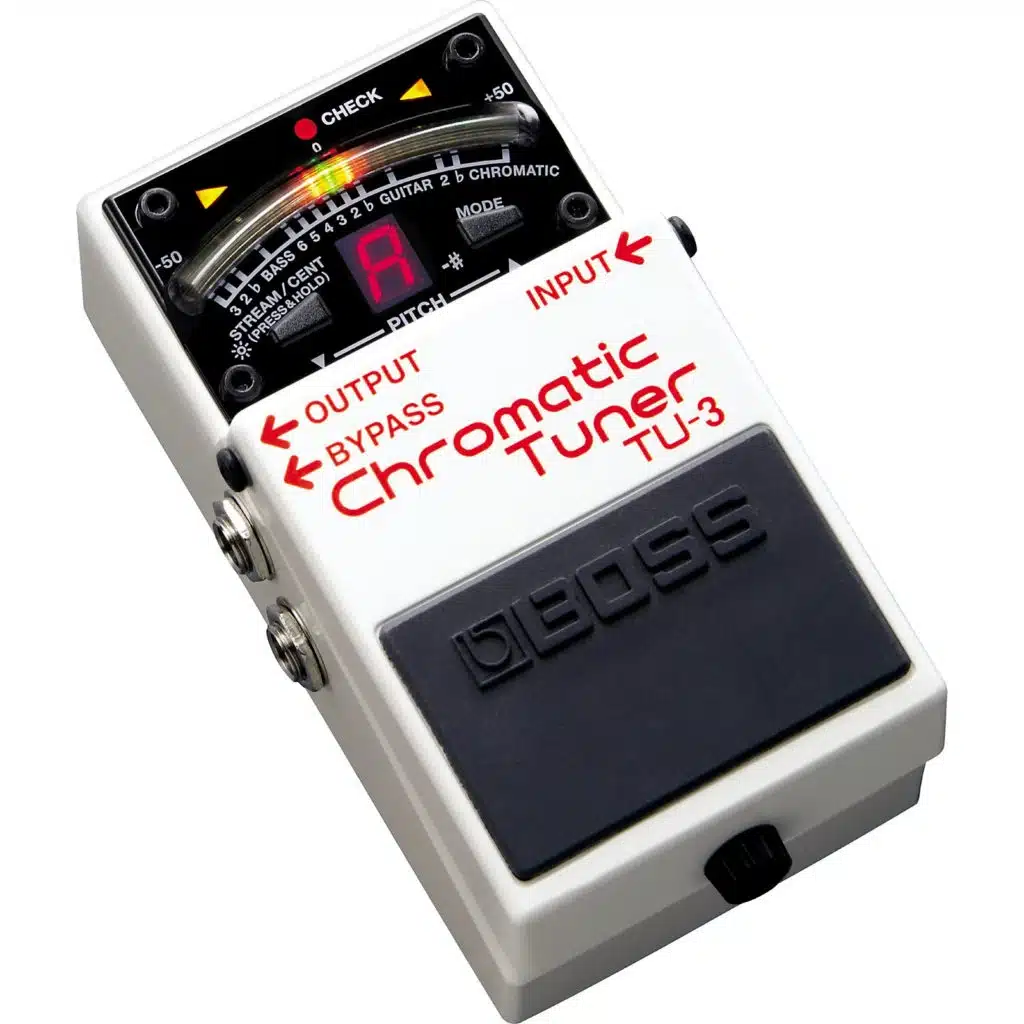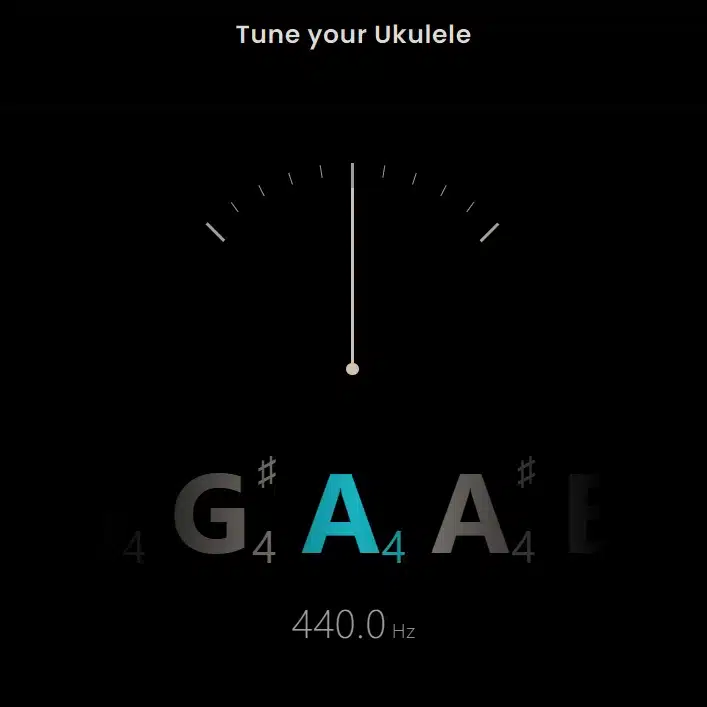In case you didn’t know, that small toy-like instrument that looks like a really small guitar is called a ukulele. A ukulele (or uke for short) is a small four-stringed instrument invented in Hawaii (sometime in 1880s) with strings which are usually plucked by the fingers or thumb or even with a soft felt pick. Ukuleles come in different sizes and each of them are assigned different names i.e., soprano, concert, tenor and baritone.
A very important feature of any stringed instrument is the strings of the instrument. This is a topic that arises for discussion especially when it is that time (again) to replace those old and dirty ukulele strings. But, with so many different options to choose from, it can be quite overwhelming to decide which set of strings are the right ones especially for the ukulele(s) that we own.
Ukulele strings vary in size and material and it is quite crucial to pick the right string set for our ukuleles. Plus, what if some of us want to try out other types of ukulele strings we’ve not used before? So, let’s see what we need to take into consideration before replacing those strings in our ukes!
Different string lengths of Ukulele
As mentioned before, ukuleles come in different sizes i.e., soprano, concert, tenor and baritone. Accordingly, the ukulele strings also come in different lengths to match the varying size and form factors of the different ukes.
Each of the string lengths are ordered according to the distance between the nut and the saddle of the uke in question. Generally, there are only four varying sizes of ukuleles. So ukulele strings come in four differing lengths classified as soprano, concert, tenor and baritone strings.
Here are a couple of specifications to have in mind when purchasing the different string sizes. Soprano ukulele strings are 21 inches in length since soprano ukuleles usually have a 13-inch scale length. Concert ukulele strings are 23 inches in length created for concert ukuleles with 15-inch scale lengths. Likewise, a tenor ukulele string set consists of 26-inch strings (length-wise) since tenor ukuleles have 17-inch scale lengths. Baritone ukulele strings are 30 inches in length made for baritone ukuleles with a 19-inch scale lengths.
So, now that we know exactly what string length to go for, it’s time to figure out the best string set based on what it’s made of. There are so many different string types based on it’s material manufactured by so many companies. Choosing the right type of strings will also assist us in playing our desired type of music or the genre. Here are some of the most relevant string types commonly chosen for ukes based on the material it is made of:
Types of Ukulele strings (based on what it’s made of)
Nylon Strings
Pure nylon strings are what most ukuleles are manufactured with. It’s much easier on the hands and overall it is a breeze to play with. So, go for nylon strings if you plan on using your uke for basic chord strumming. These strings give the traditional ukulele sound and can be used generally for all genres of music. Plus, it is quite durable and resistant to humidity.
Nylgut Strings
A Nylgut (also known as Nyltech) string is created out of nylon compounds. The reason it is called ‘Nylgut’ is because it mimics the sound qualities of the older strings made out of guts (animal intestines). It can be easily identified due to its unique white colour as opposed to nylon or carbon strings which are more transparent and clearer in comparison. Nylgut strings are typically found in more affordable ukuleles and are the most popular type of strings for beginners and those who are on a tight budget.
Fluorocarbon Strings
They may look and feel similar to the nylon strings, but fluorocarbon strings are much more bright sounding in comparison to the nylon strings. But, fluorocarbon strings produce more tension and are much harder on the fretting hand. So it may require a bit more work to get the most out of them sound-wise. Fluorocarbon strings are much more durable than nylon strings and is a better option if you want your ukulele to stay in tune.
Titanium Strings
Titanium strings are actually made of a nylon monofilament, which gives these strings a brighter sound as compared to traditional nylon strings. But they don’t sound as bright as the fluorocarbon strings. So, titanium strings may be considered as a middle ground option between the nylon and fluorocarbon strings in terms of how bright the tone is produced with these strings.
Steel Strings
Steel strings are not the popular choice when it comes to ukuleles. These strings are drastically different in terms of how it feels and how it sounds in comparison to fluorocarbon or nylon strings. But, for a change of pace, you may opt for steel strings as they do sound twangier and brighter than nylon or carbon strings. Plus, they hold the uke’s tunings even better than any other types of ukulele strings.
Wound Nylon
A wound nylon string is basically a nylon string wrapped inside another material (most likely with some kind of polymer material) wound on the outside. Since these nylon strings are wound, they tend to sound much brighter than a typical pure nylon string. Some may say these strings sound quite similar to the higher strings of a nylon strung classical guitar. These strings are typically found on the bigger ukes like the tenor and baritone ukuleles.
Wound Metal
Much like the wound nylon strings, a wound metal string is basically a steel string wrapped in another metal like copper or aluminium. The tone of these strings is comparatively close to the steel strings; very bright. Using these strings on a uke is quite rare. But if you want to make your uke sound a lot like a guitar, go for wound metal ukulele strings.
Tuning the Ukulele
After the ukulele is re-strung, the ukulele has to be tuned properly. Generally the strings are tuned to certain notes. These notes are G, C E and A. This is also known as the standard tuning for ukuleles. The bottom string (closest to you) is tuned to G4, and the other strings are tuned to C4, E4 and A4 (the top most string furthest away from you). The numbers next to the note refers to the octave which tells us how high or low sounding the note is in terms of pitch.

You may have observed that the notes do not ascend from low to high pitch unlike a guitar or any other stringed instrument. This is because the bottom most string is tuned to G, while the next string is tuned to a much lower in note – C. The other two strings are tuned to E and A and the three strings after the G string do ascend in pitch.
This type of tuning is called a reentrant tuning which is different from linear tuning which is often used for other stringed instruments. This tuning is frequently used for smaller ukuleles like the concert, soprano and tenor ukes.
However, the standard tuning for baritone ukes are much lower in pitch. The notes to tune a baritone uke are D, G, B and E. The bottom most string (closest to you) is tuned to D3, the next string is tuned to G3, the third string is tuned to B3 and finally the top most string (furthest away from you) is tuned to a higher E4.
Ukule tuner accessories
So, how is it possible to tune the ukulele to these specific notes? Well, each string can be tuned by turning the respective tuning pegs either towards you or away from you to tighten or loosen the strings. For newly strung ukes, the tuning pegs need to be turned a couple of times to tighten the strings to a certain extent to enable tuning it properly to the notes we want. This can be done faster with the help of a string winder.
Once you get it close to the notes of the standard tuning, you need to fine- tune the strings to the notes of the standard tuning with the help of a tuner. Here are a couple of different types of tuners you can choose from:
Digital (clip-on) tuners

A digital clip-on tuner has a display on a clip. It runs on button cells. Attach the clip to the head of your uke, switch on the tuner and strike the string so that the tuner can identify the note by absorbing the vibrations through the body of the uke. A clip-on tuner is ideal and can help you to tune the strings perfectly without unwanted interferences or from outside noises.
Pedal Tuners

A pedal tuner receives the audio signal from a ukulele if it is connected to the tuner via a cable. To use a pedal tuner with a ukulele, your uke should have a provision to connect a cable to the tuner. If it does, your uke must have some sort of a pickup to receive the string vibrations which is passed on to the tuner as audio signals. The tuner picks it up and shows you what note it is.
Tuning Apps

Nowadays, tuning apps found on smartphones are the more convenient choice. The tuning app receives the audio signal from the in-built microphone and displays the note of the string that was plucked. Tuning apps are also available on laptops, PCs and other smart devices. Although, these apps can’t be relied on for perfect results, they are the most preferred since it is readily available with us almost all the time. You can also use the tuning app available on our website.
And that’s about everything you need to know about ukulele strings. You can go ahead and swap your existing uke’s strings for other new type of strings if you want to experiment with different ukulele tones or sounds. Most ukulele strings have a lifespan of a year or two, unlike guitar strings. So don’t fret too much about wear and tear of ukulele strings. You can learn more about ukuleles and learn to play your first song on the ukulele by joining our Live 1 to 1 online Ukulele Classes. And more importantly, have fun!



































Good One
Thanks.